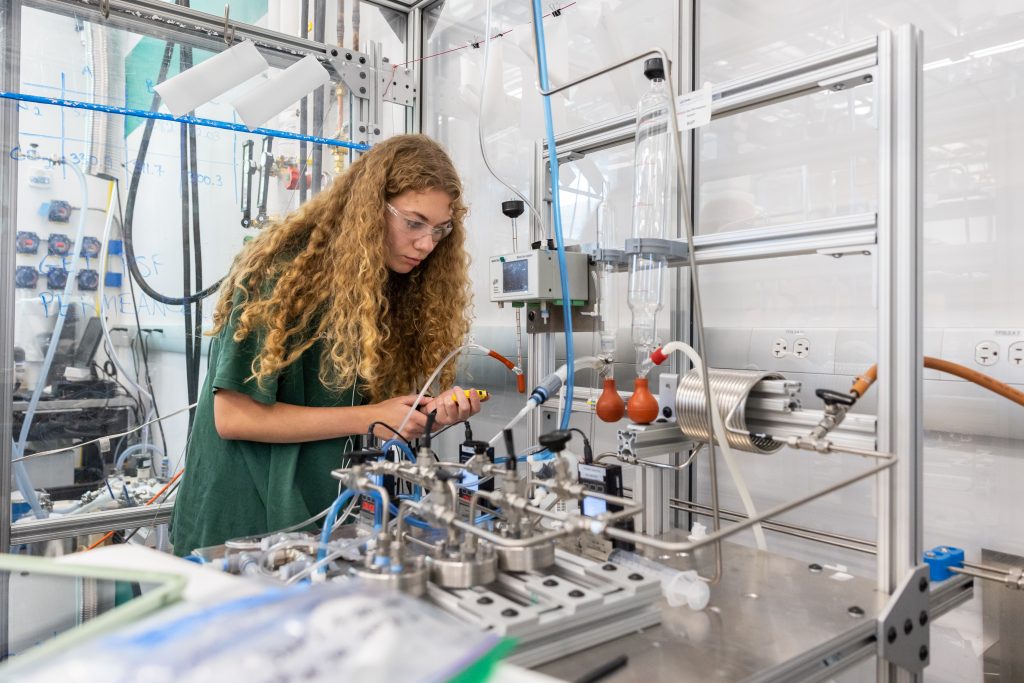
In order to meet net-zero goals, scientists must advance their knowledge across many components of clean H2 technologies before it can be mass produced. Some of the still unmet research gaps are in the areas of the scale-up fabrication science, primarily scale-up catalyst synthesis, and large scale ink and electrodes coating science, i.e. process-structure-property-performance; understanding of the interfacial phenomena and interactions (e.g. interfaces between catalyst-support; ink-substrate; membrane-electrode; different components in the electrodes, etc.) that govern the materials activity and stability; materials discovery (novel engineered catalysts, F-free membranes and ionomers, corrosion-resistant materials, supported oxygen evolution reaction catalysts; etc.); corrosion and degradation science and mechanisms (e.g. catalyst degradation, component corrosion, degradation under extreme conditions, etc.).
Moreover, the progress of discovery is slow and lacks the use of process automation (in every step, including fabrication, testing, characterization, experimentation and PSPP correlations), advanced data science, and aid by machine learning (ML) and artificial intelligence (AI) to accelerate the science. Being still in its infancy, this area will be a main focus of our REACH2 NoN.